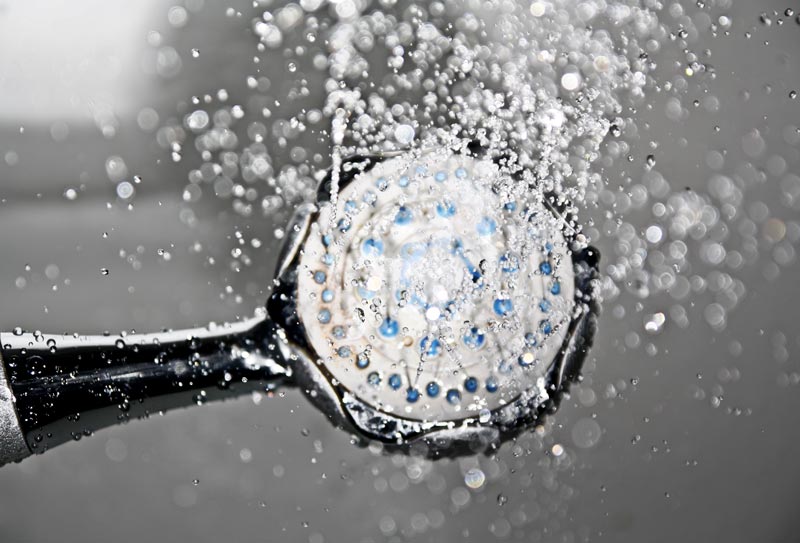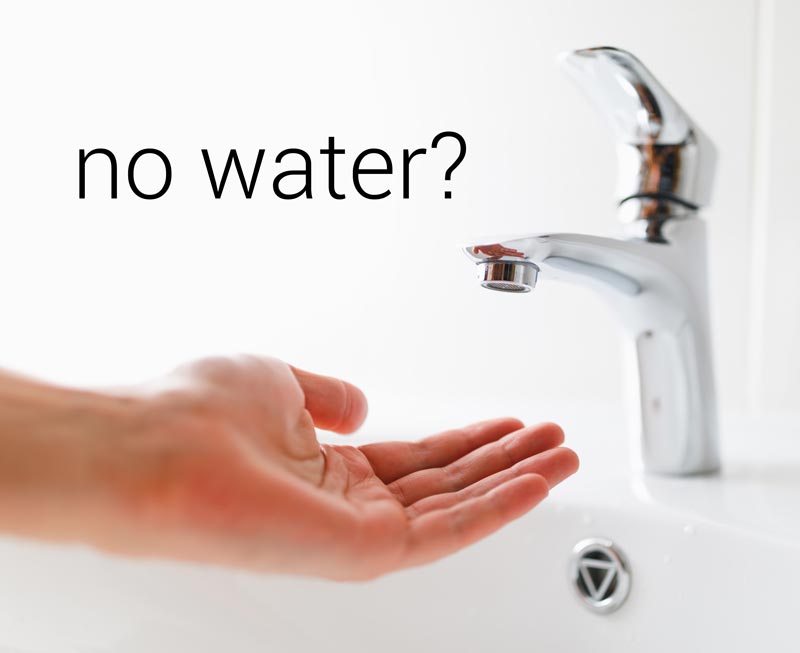Water Well Maintenance & Rehabilitation
Water wells require regular maintenance to ensure adequate water flow and continued drinking water safety. Water wells should also be inspected annually for obvious signs of damage or contamination.
As a water well ages, the rate at which water may be pumped (commonly referred to as the well yield, flow or performance) tends to decrease, especially in wells that were not properly developed when first drilled.
Water Well Maintenance
Water wells require regular maintenance to ensure adequate water flow and continued drinking water safety. To ensure water quality, well water should be tested annually for total Coliform Bacteria and E. Coli Bacteria by a state accredited testing laboratory.
Every three years, additional testing is recommended for pH and total dissolved solids as well as tests related to land uses occurring or expected to occur within sight of the well. Additionally, if there are obvious stains, tastes, or odors in water, seek testing that will help identify the source of these symptoms.
Water wells should also be inspected annually for obvious signs of damage or contamination. Be sure the area within 100 feet around the well is clear of debris or items that might pollute the water supply.
Get the well professionally inspected by a water well contractor, and keep all records related to your water well.
Water Well Rehabilition
Measures taken to correct these problems are referred to as well rehabilitation or restoration. A successful well rehabilitation will maximize the flow of water from the well. The chances for successful rehabilitation are dependent on the cause(s) of poor well performance and the degree to which the problem has progressed.
Upon noticing loss of performance in your well have a professional water well contractor inspect your well, preferably with a down-hole camera.
A common measure of the delivery of water by a water well is referred to as the “specific capacity” which is defined as the pumping rate (gallons per minute) divided by the drawdown or increased depth to water during pumping (in feet).
Generally, a decrease of 25% or more in well yield indicates that rehabilitation is in order. Delaying rehabilitation procedures can significantly increase costs and in some cases make rehabilitation impossible.
To detect deterioration of well performance, you must have a point of reference. Often this reference is the original well construction and pump test data which are normally supplied to you by the well driller on a well completion report or well log when the well is installed. However, even if you do not have this information, significant changes in your well are also a warning sign. Major changes in any of the following well characteristics is an indication that your well or pump is in need of attention:
- Decreased pumping rate
- Decreased water level
- Decreased specific capacity
- Increased sand or sediment content in the water (cloudiness)
- Decreased total well depth







